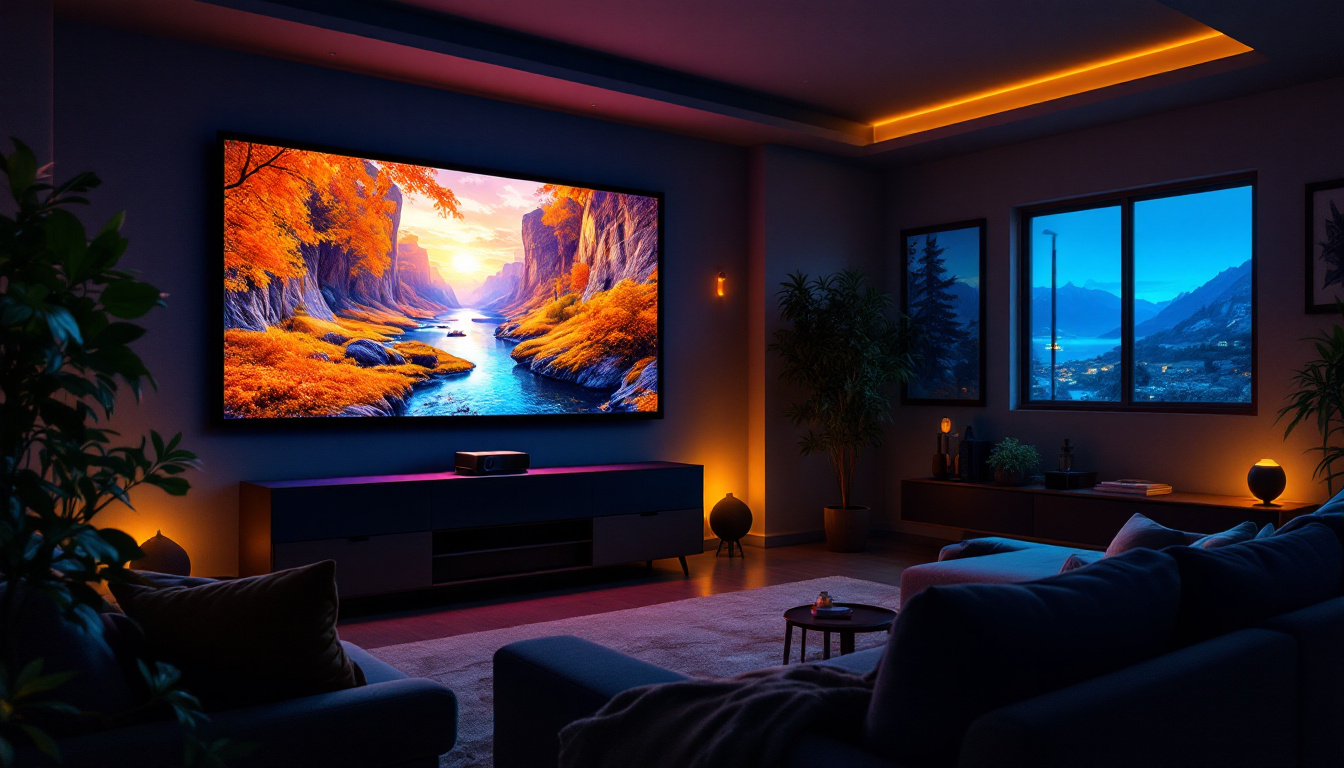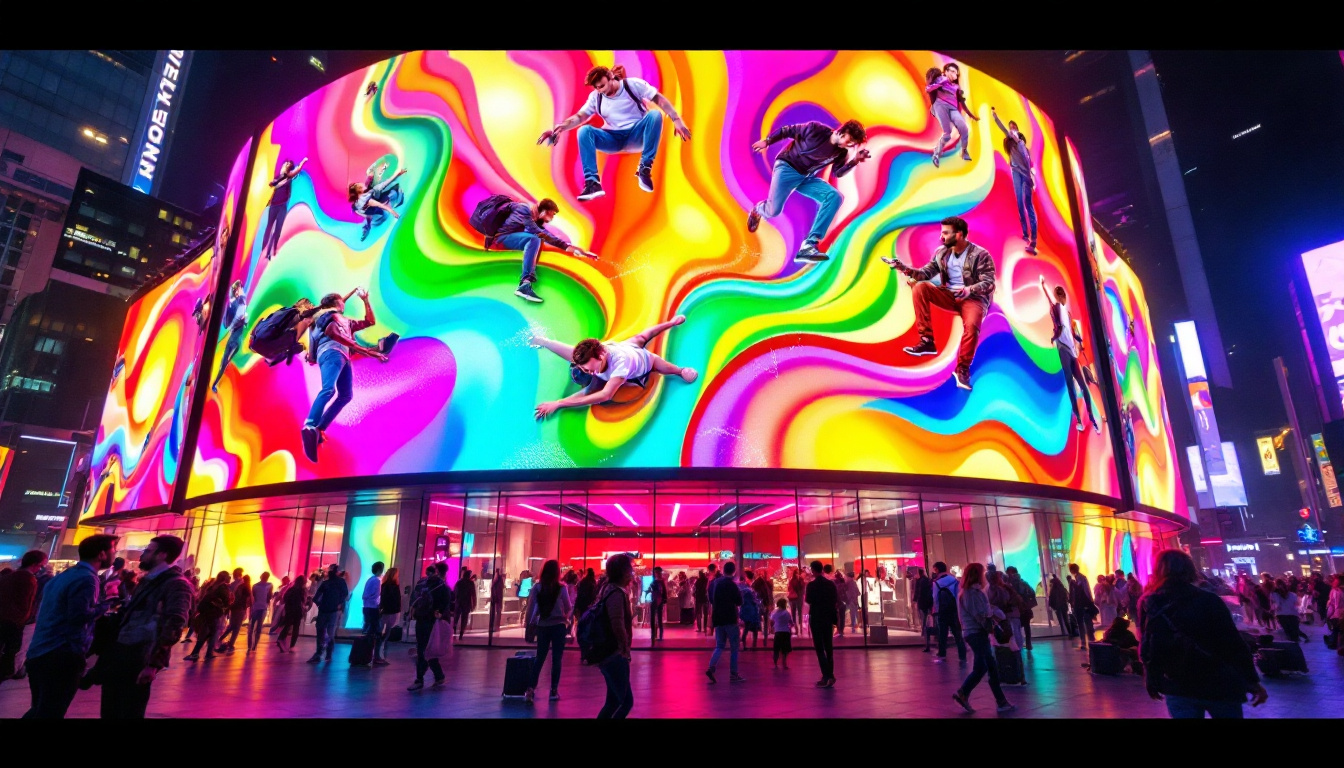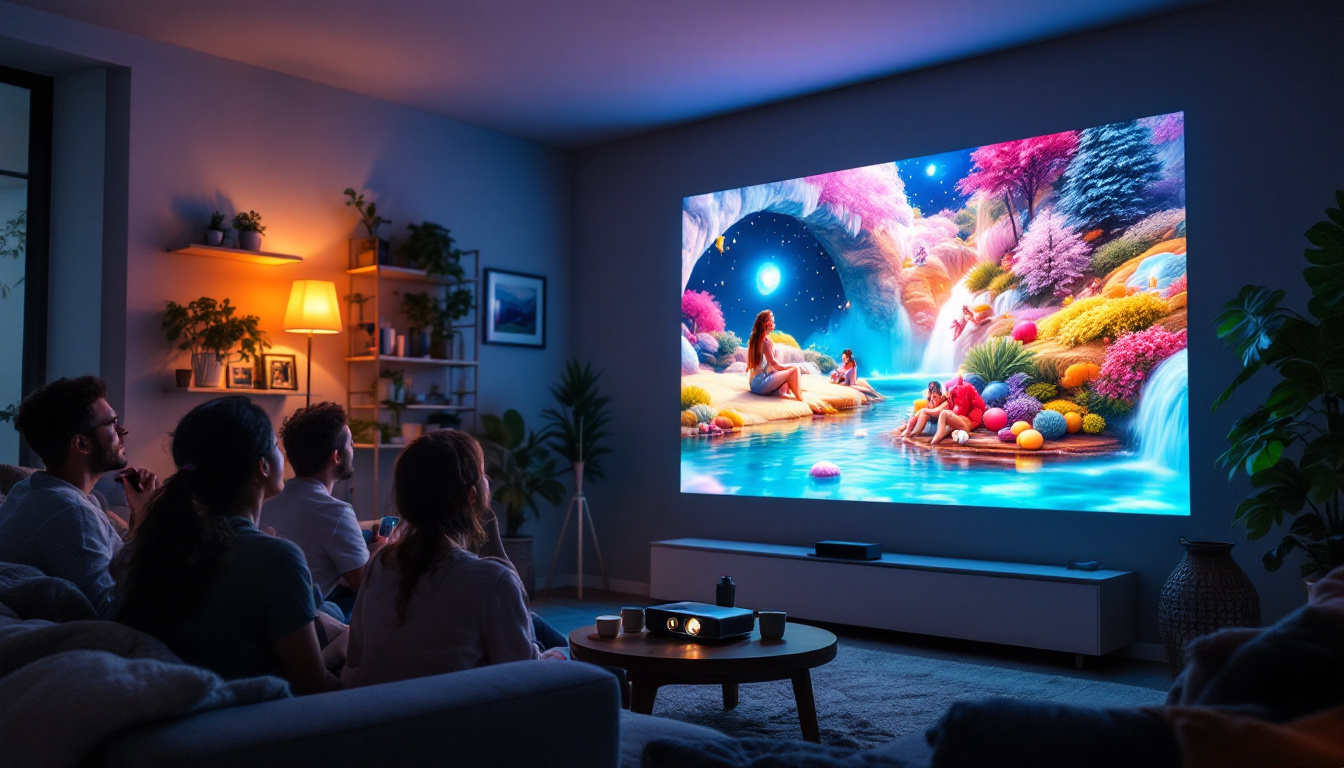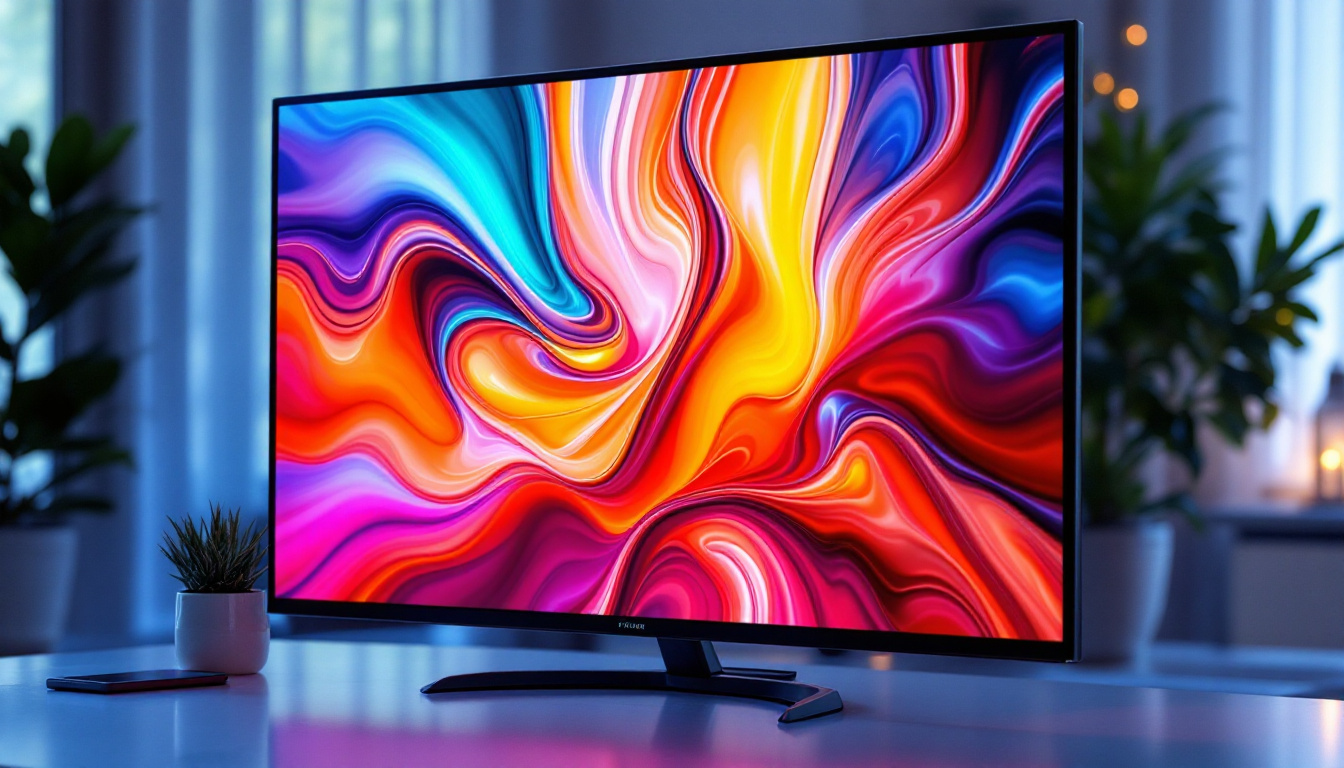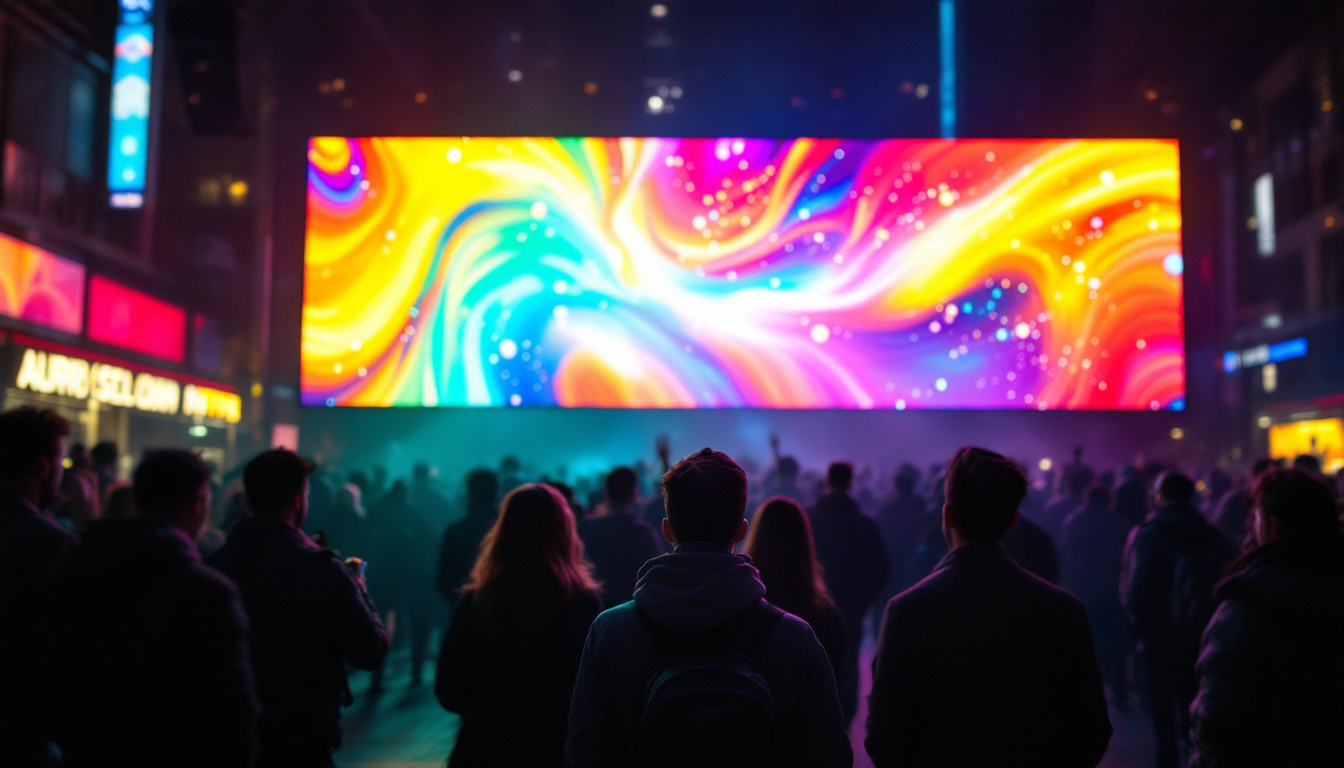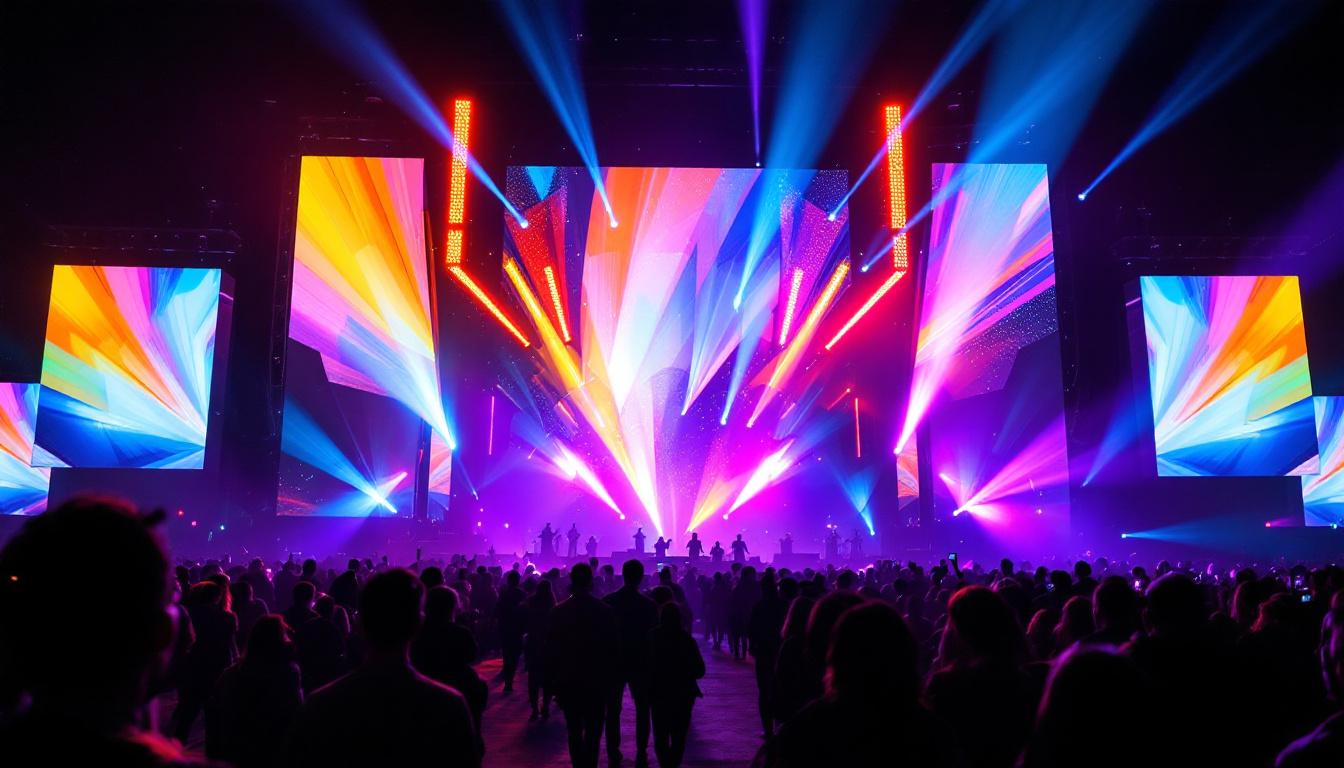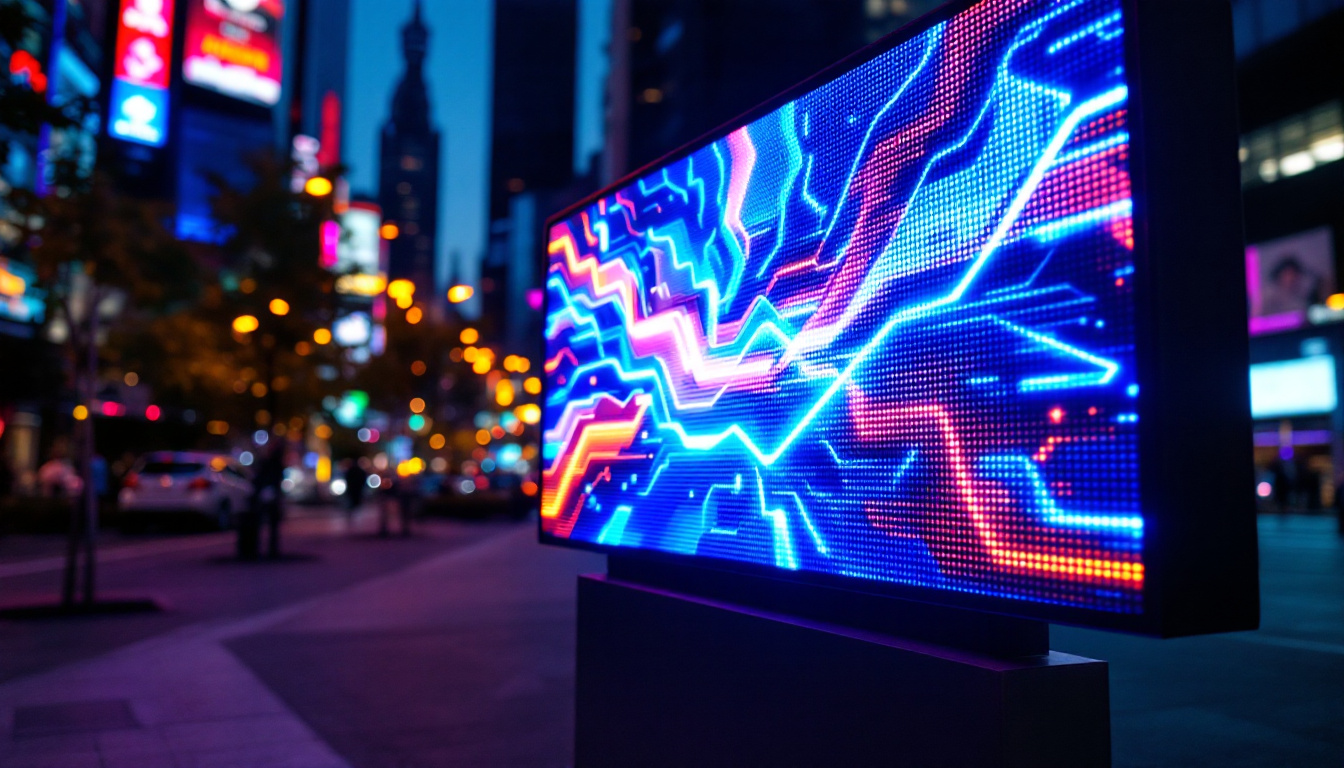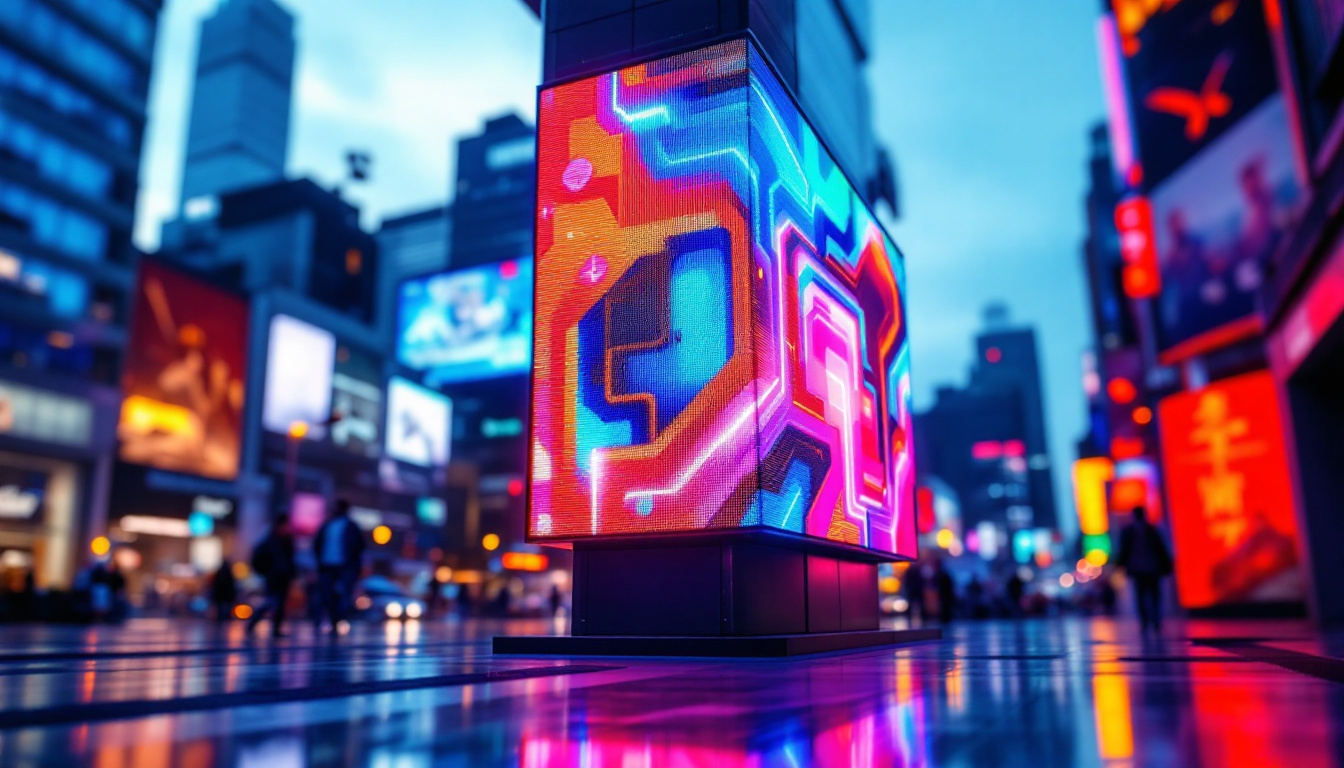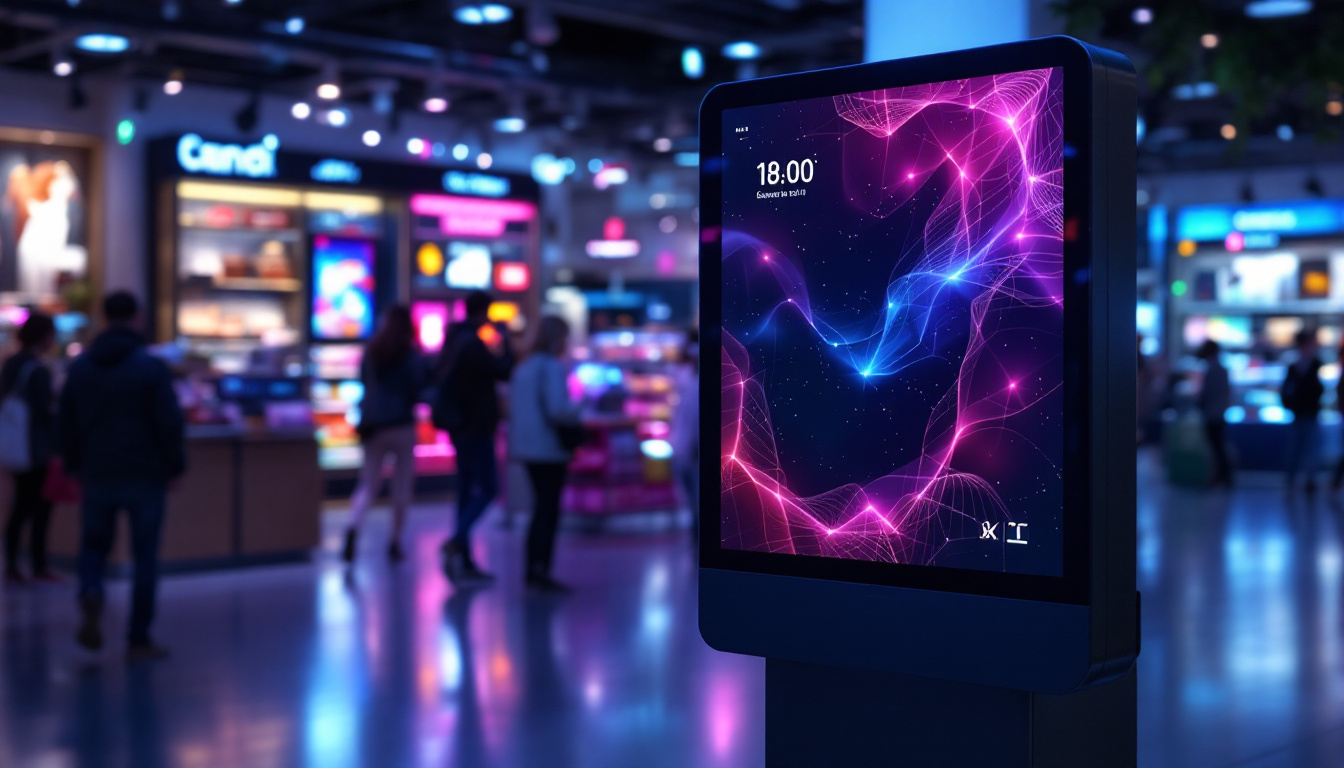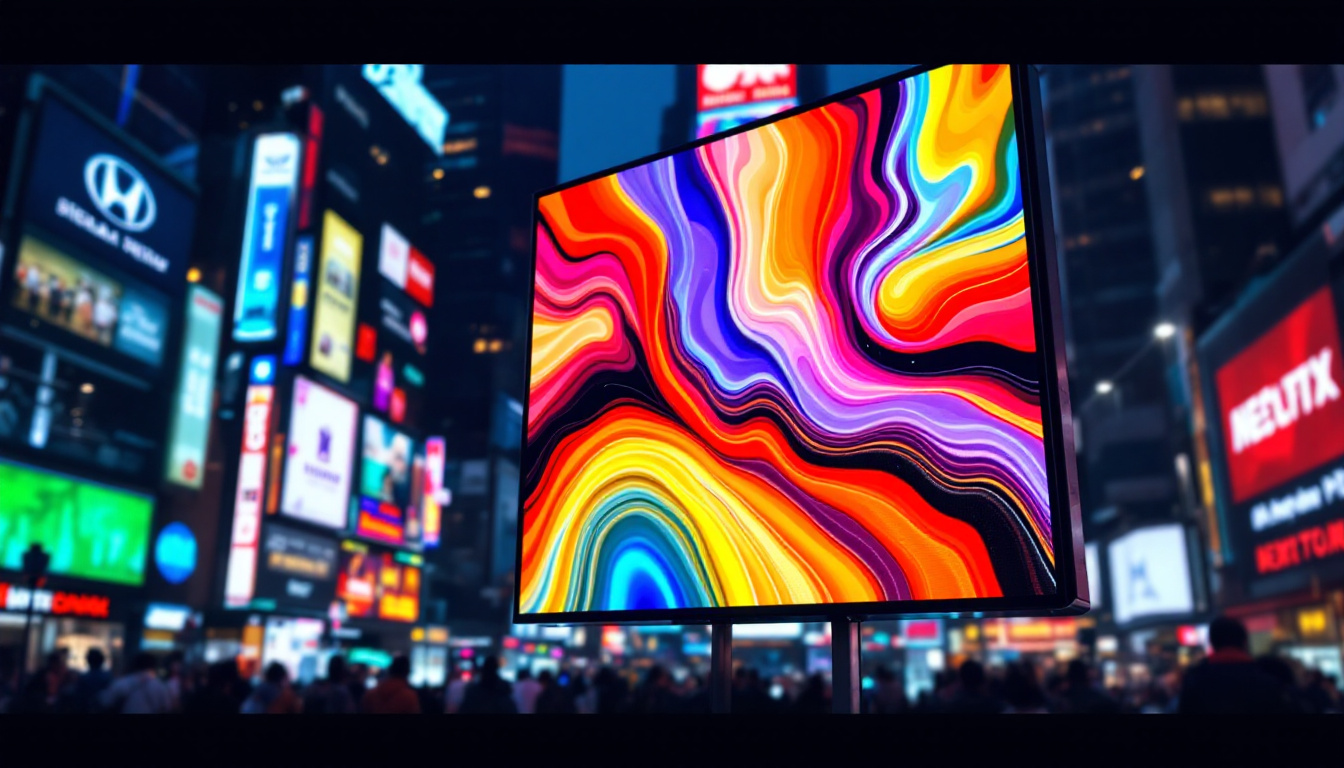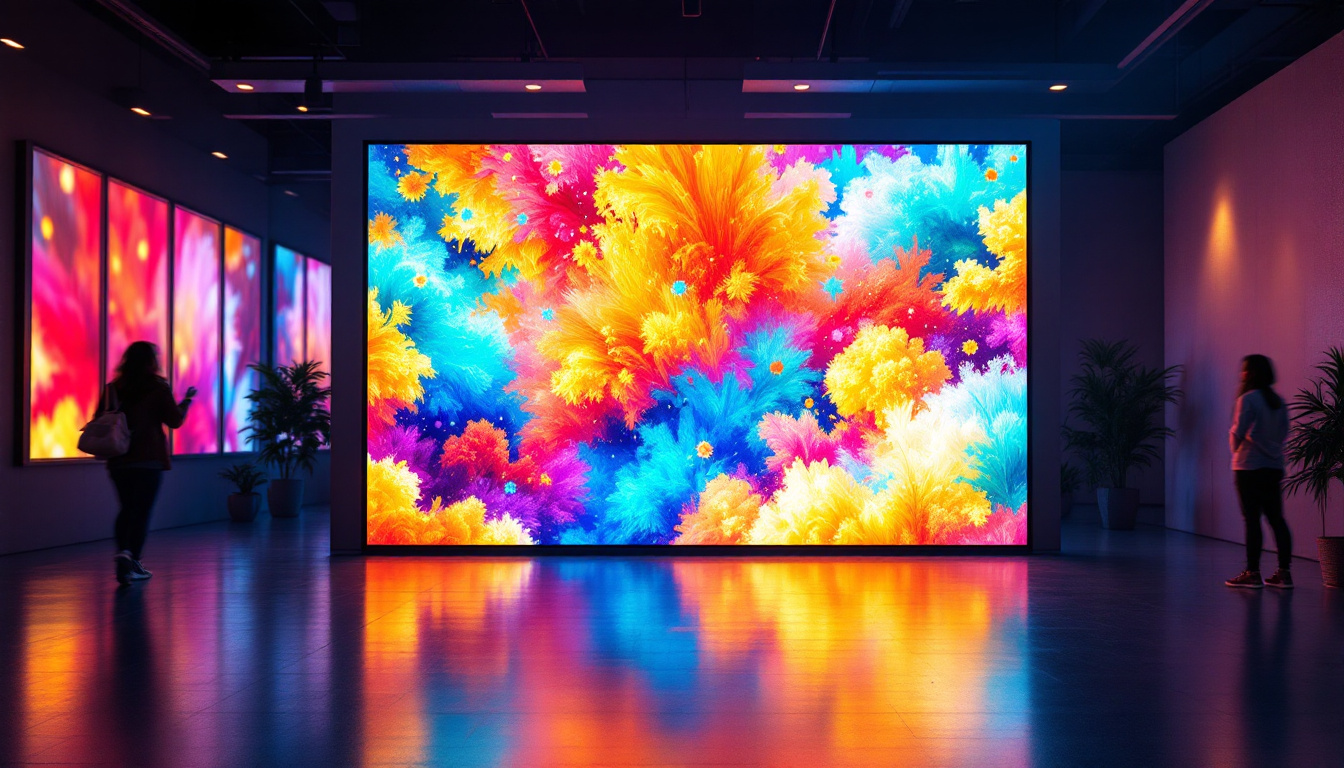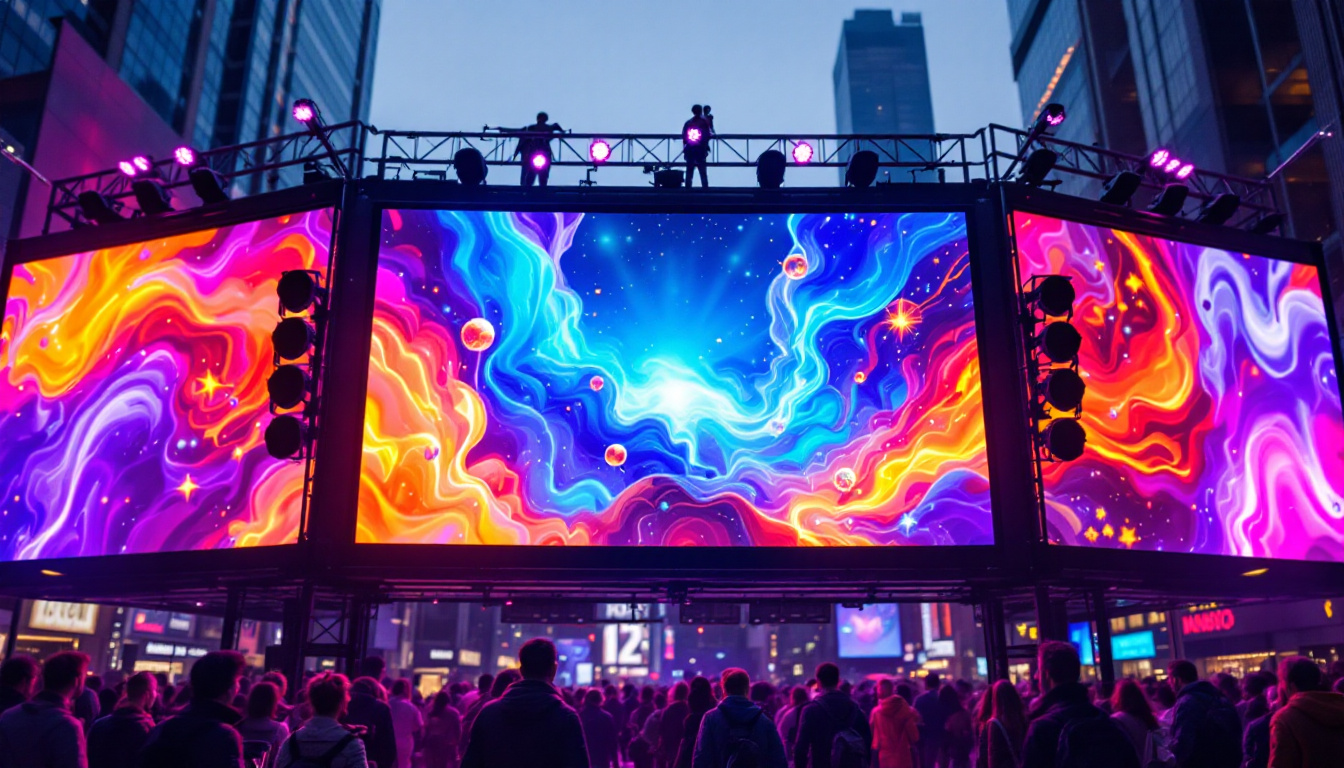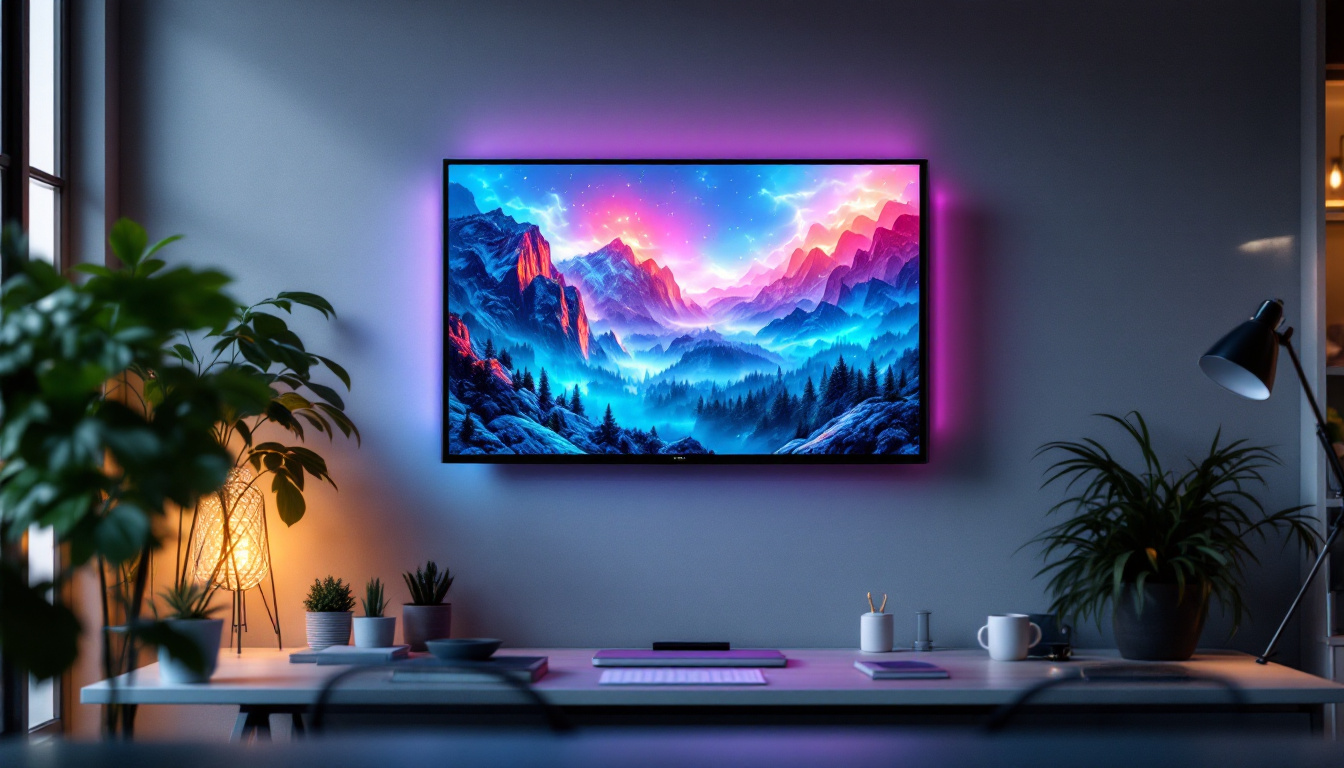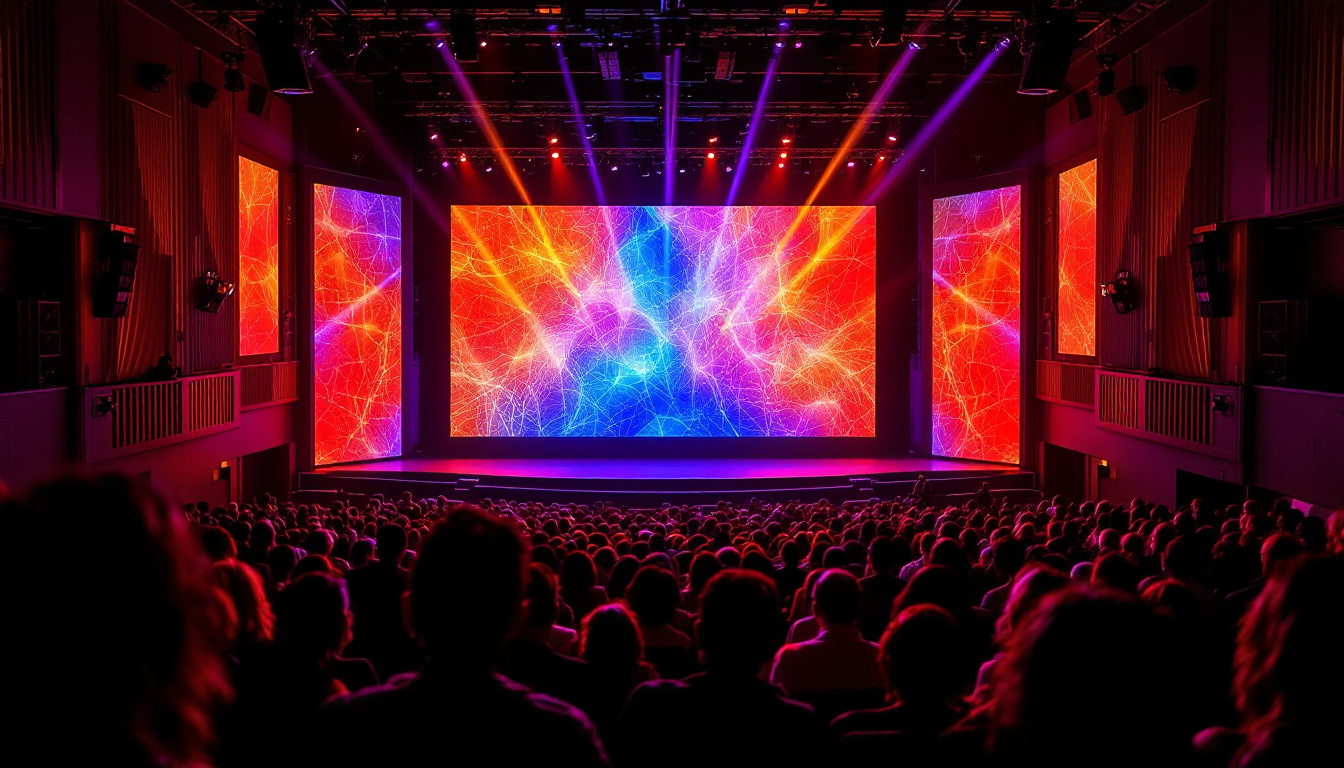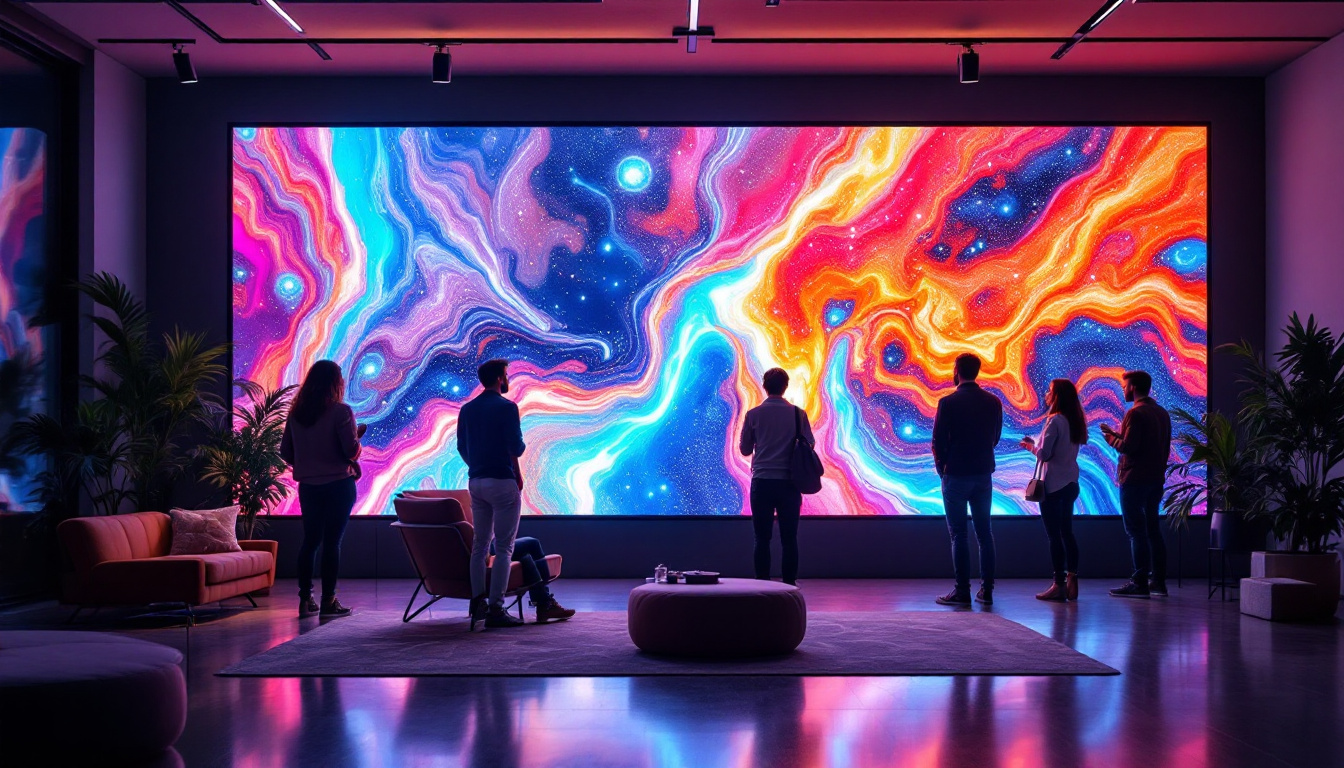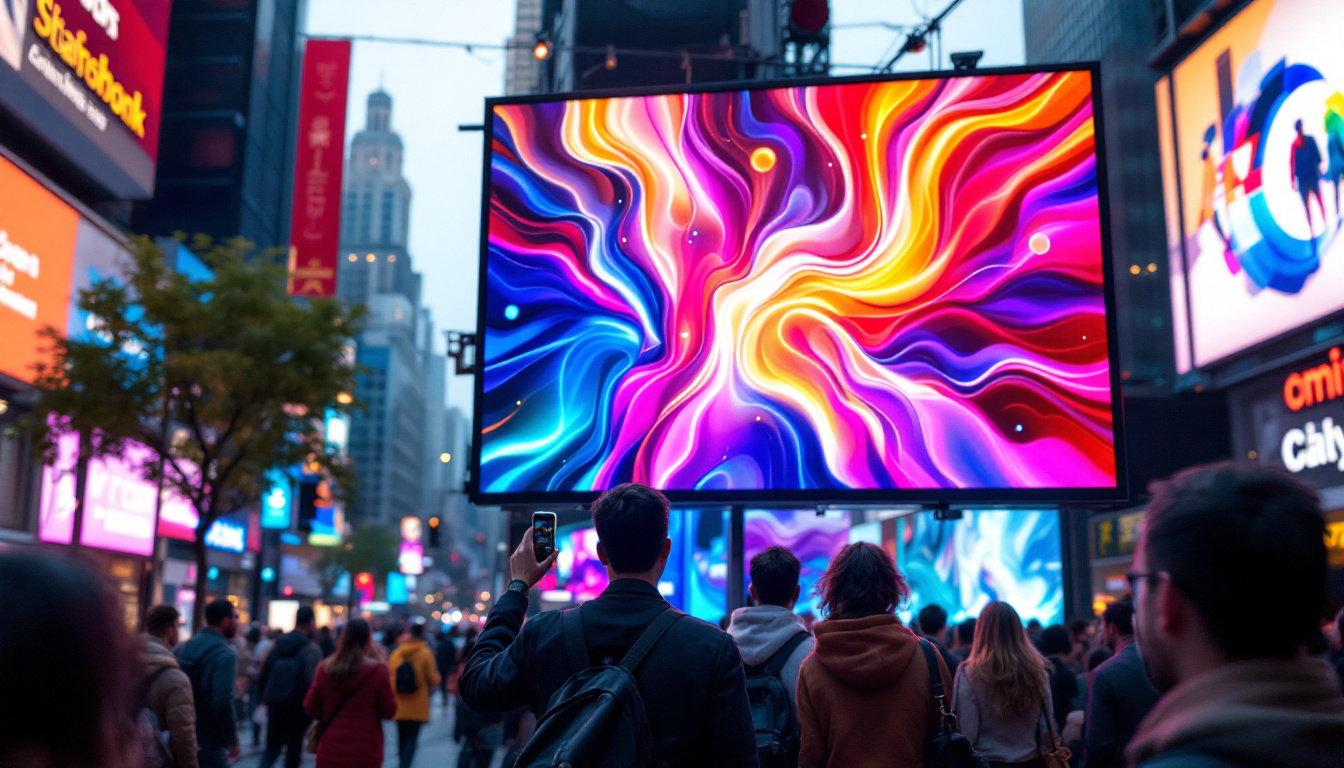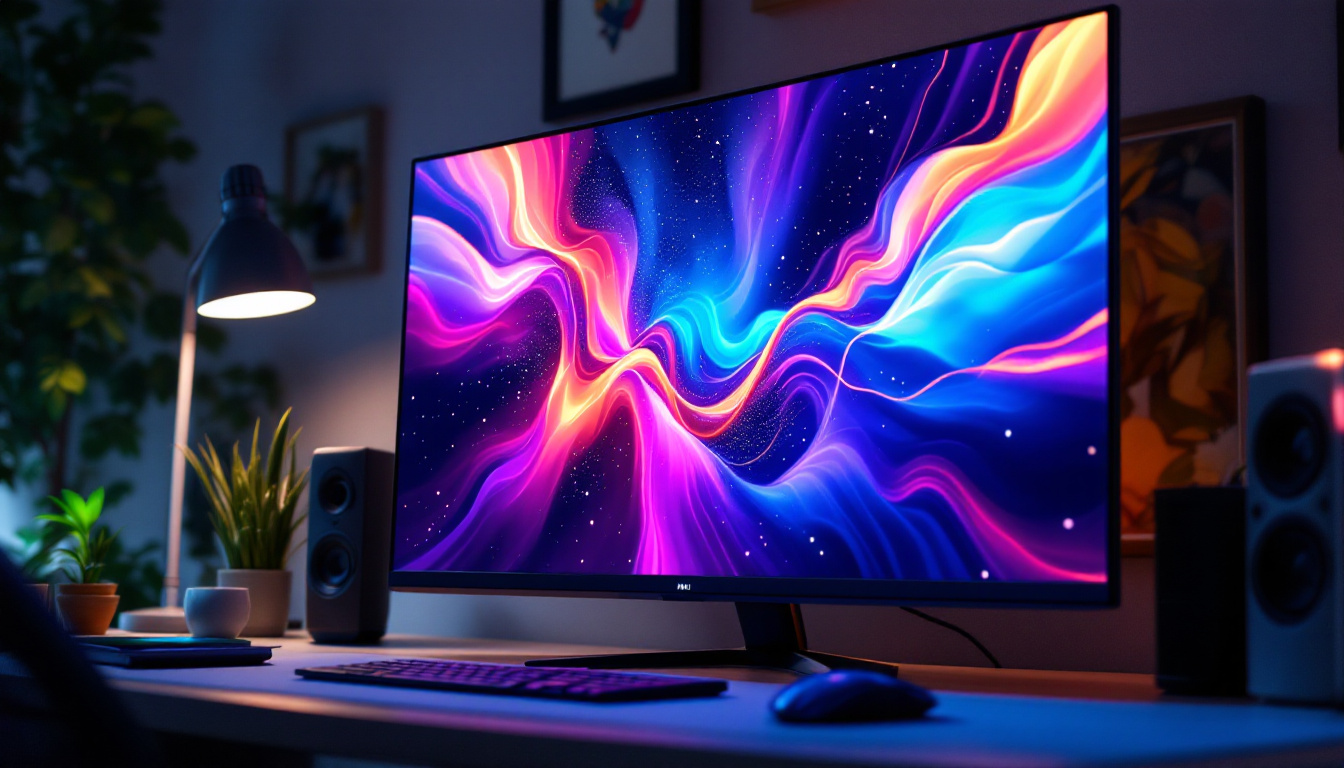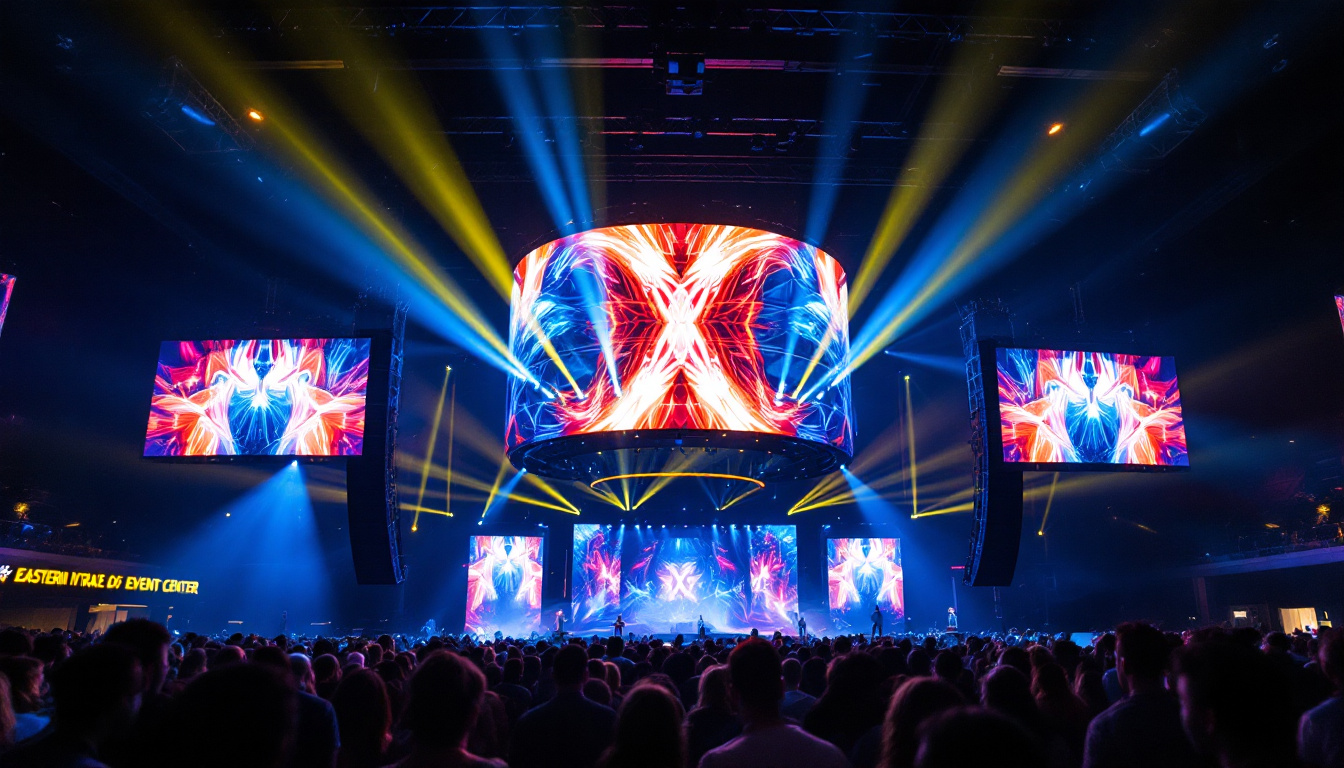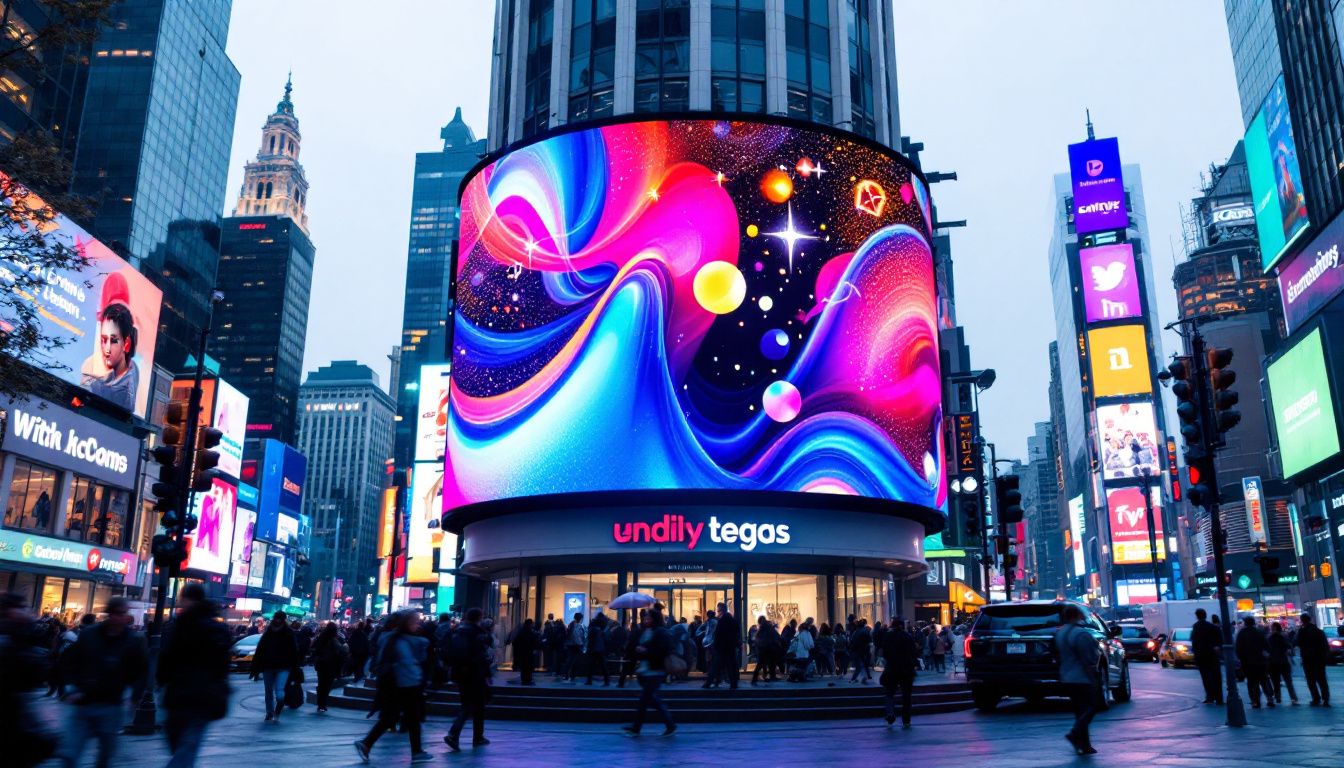In the world of home entertainment, HDTV video projectors have emerged as a popular choice for those seeking a cinematic experience in the comfort of their own homes. Among the various technologies available, LED displays stand out for their unique advantages and capabilities. This article delves into the intricacies of HDTV video projectors, focusing specifically on LED display technology, its benefits, and how it compares to other projection methods.
Understanding HDTV Video Projectors
HDTV video projectors are designed to deliver high-definition images, making them ideal for movie nights, gaming sessions, and presentations. Unlike traditional televisions, projectors can create larger images, allowing for a more immersive viewing experience. The technology behind these projectors has evolved significantly over the years, leading to various types, including LCD, DLP, and LED projectors.
The Basics of Projection Technology
At their core, projectors work by taking an image from a source device, such as a computer or DVD player, and projecting it onto a screen or wall. This process involves several components, including a light source, optics, and a display panel. The light source is crucial, as it determines the brightness and color accuracy of the projected image.
Different types of projectors utilize various technologies for image creation. For instance, LCD projectors use liquid crystal displays to modulate light, while DLP projectors employ micro-mirrors to reflect light. LED projectors, on the other hand, use light-emitting diodes as their primary light source, which offers unique advantages over traditional lamps. These advancements not only enhance image quality but also contribute to longer lifespans and lower maintenance costs for users.
Advantages of Using Projectors
One of the most significant benefits of using projectors is their ability to create large images without the need for a massive screen. This is particularly appealing for home theaters, where the goal is often to replicate the cinematic experience. Additionally, projectors can be more portable than large televisions, making them suitable for outdoor movie nights or business presentations.
Moreover, projectors can often provide a more immersive experience, as they allow viewers to adjust the image size according to their preferences and available space. This flexibility can enhance the overall viewing experience, making it more enjoyable for audiences. Furthermore, many modern projectors come equipped with features like wireless connectivity, allowing users to stream content directly from their devices without the hassle of cables. This convenience is especially beneficial for spontaneous gatherings, where setting up a quick movie night or presentation can be done in mere minutes.
In addition to their versatility, projectors often offer superior contrast ratios and color depth compared to traditional displays, particularly in dark environments. This means that whether you’re watching a thrilling action movie or showcasing a vibrant presentation, the visuals remain sharp and captivating. As technology continues to advance, features such as 4K resolution and HDR compatibility are becoming more common, pushing the boundaries of what projectors can achieve in terms of image quality and viewing pleasure.
LED Display Technology in Projectors
LED display technology has gained traction in recent years due to its numerous benefits, particularly in the realm of video projection. Unlike traditional lamp-based projectors, LED projectors utilize light-emitting diodes to produce images. This technology offers several advantages, including improved brightness, color accuracy, and longevity.
How LED Projectors Work
LED projectors operate by combining red, green, and blue LEDs to create a full spectrum of colors. This method allows for greater color accuracy and vibrancy compared to traditional lamps. The LEDs emit light directly, which is then modulated by a display panel to create the desired image. This process results in bright, sharp images that can be viewed even in well-lit environments.
One of the key components of LED projectors is their use of a digital light processing (DLP) or liquid crystal on silicon (LCoS) panel. These panels help to manipulate the light emitted by the LEDs, creating the final image that is projected onto a screen. The combination of LED technology with these advanced display panels results in high-quality images that are both bright and detailed. Furthermore, the compact size of LED projectors makes them highly portable, allowing users to easily transport them for presentations, movie nights, or educational purposes. This portability is a significant advantage for those who need flexibility in their viewing experiences.
Benefits of LED Projectors
LED projectors come with a host of advantages that make them an attractive option for consumers. One of the most notable benefits is their longevity. While traditional lamp-based projectors may require bulb replacements every few thousand hours, LED projectors can last up to 20,000 hours or more. This extended lifespan translates to lower maintenance costs and less frequent interruptions during viewing.
Another significant advantage is energy efficiency. LED projectors consume less power compared to their lamp-based counterparts, making them more environmentally friendly and cost-effective in the long run. Additionally, the cooler operating temperature of LEDs reduces the need for extensive cooling systems, further enhancing energy efficiency. This not only contributes to a quieter operation—ideal for presentations and movie screenings—but also helps in reducing the overall carbon footprint associated with projector use. Moreover, many LED projectors now come equipped with smart features, such as wireless connectivity and built-in streaming capabilities, allowing users to easily connect their devices and access content without the hassle of cables. This integration of technology into LED projectors enhances user experience and accessibility, making them a popular choice for both home entertainment and professional settings.
Comparing LED Projectors to Other Technologies
When considering a projector for home use, it’s essential to compare LED projectors with other technologies, such as LCD and DLP. Each type has its strengths and weaknesses, and understanding these differences can help consumers make informed decisions.
LED vs. LCD Projectors
LCD projectors utilize liquid crystal displays to create images, which can result in vibrant colors and good brightness levels. However, they often struggle with contrast ratios, leading to less deep blacks compared to LED projectors. Additionally, LCD projectors may require more frequent maintenance due to the potential for dust buildup on the panels, which can affect image quality over time.
In contrast, LED projectors typically offer better color accuracy and longer lifespans. They also tend to have better contrast ratios, providing deeper blacks and more dynamic images. However, LCD projectors may still be preferred in specific scenarios, such as presentations where color fidelity is crucial.
LED vs. DLP Projectors
DLP projectors are known for their sharp images and excellent motion handling, making them a popular choice for gaming and fast-paced movies. They use a spinning color wheel to create colors, which can sometimes lead to a phenomenon known as the “rainbow effect,” where viewers may see flashes of color during high-contrast scenes. LED projectors, on the other hand, provide consistent color output without this issue.
While DLP projectors can deliver impressive brightness levels, LED projectors excel in terms of energy efficiency and lifespan. The choice between these two technologies often comes down to personal preference and specific use cases. For instance, those who prioritize image sharpness and fast motion may lean towards DLP, while those seeking longevity and color accuracy may prefer LED.
Choosing the Right LED Projector
When selecting an LED projector, several factors should be considered to ensure it meets the user’s needs. Understanding these aspects can help consumers make a more informed choice and enhance their overall viewing experience.
Brightness and Image Quality
Brightness is a crucial factor in projector performance, especially when used in well-lit environments. Measured in lumens, a higher brightness rating typically translates to better image quality in various lighting conditions. For home theaters, a projector with at least 2,000 lumens is recommended, while those used in brighter rooms may require even more.
Image quality is also influenced by resolution. Most modern LED projectors offer at least 1080p resolution, providing sharp and detailed images. For those seeking the best quality, 4K projectors are becoming increasingly available, although they may come at a higher price point.
Portability and Connectivity
Portability is another essential consideration, especially for users who plan to move their projector frequently. Some LED projectors are designed to be lightweight and compact, making them easy to transport. Additionally, connectivity options should be taken into account. Look for projectors that offer multiple HDMI ports, USB connections, and wireless capabilities to ensure compatibility with various devices.
Budget Considerations
Budget plays a significant role in the decision-making process. LED projectors are available at various price points, so it’s essential to determine how much one is willing to invest. While higher-end models may offer superior performance and features, there are also budget-friendly options that provide excellent value for money.
Researching and comparing different models can help consumers find the right balance between price and performance. Reading reviews and seeking recommendations can also be beneficial in making an informed choice.
Conclusion
HDTV video projectors, particularly those utilizing LED display technology, offer a compelling option for home entertainment enthusiasts. With their impressive brightness, color accuracy, and longevity, LED projectors provide a fantastic viewing experience that rivals traditional televisions. By understanding the various technologies available and considering factors such as brightness, portability, and budget, consumers can make informed decisions that enhance their home theater experience.
As technology continues to evolve, LED projectors are likely to become even more advanced, offering greater features and capabilities. For those looking to create a cinematic experience at home, investing in an LED projector is a step towards achieving that goal.
Explore the Future of Visual Experience with LumenMatrix
Ready to elevate your home cinema or enhance your professional presentations with cutting-edge LED display technology? Discover the innovative solutions offered by LumenMatrix, a pioneer in creating visually stunning experiences. From Indoor and Outdoor LED Wall Displays to specialized options like Vehicle, Sports, and Custom LED Displays, LumenMatrix has the perfect solution to bring your visual communications to life. Experience the difference in clarity, engagement, and impact with our advanced LED displays. Check out LumenMatrix LED Display Solutions today and step into a world where every image is a masterpiece.

